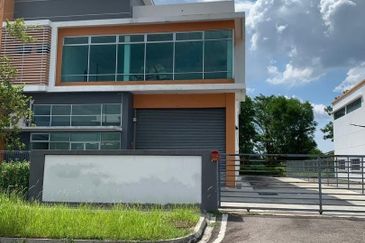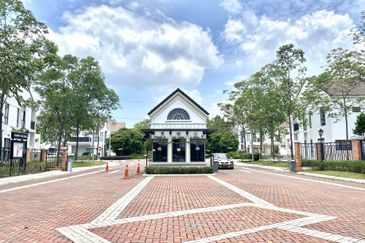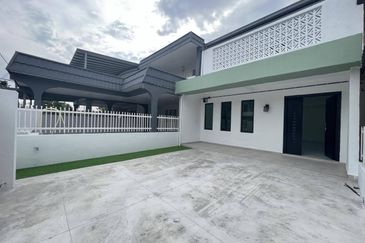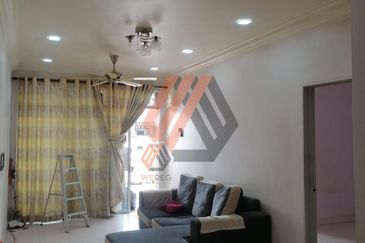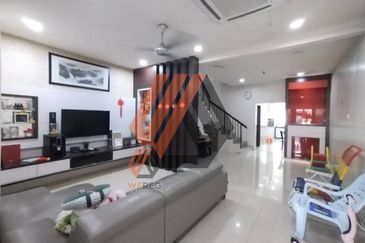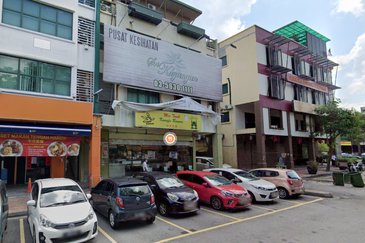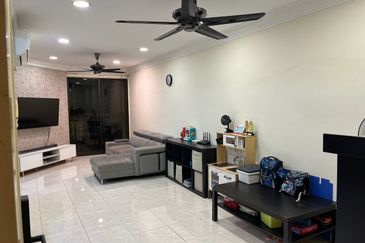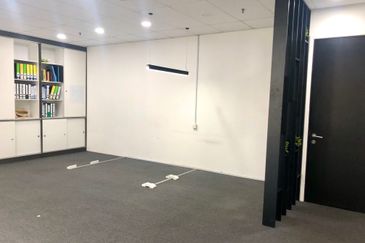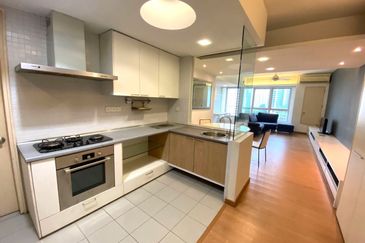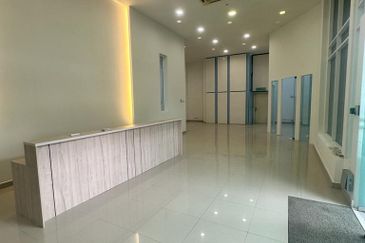
He told the audience at the 10th Malaysian Property Summit 2017 that the industry has been hindered by multiple challenges including reduced tourism, implementation of the Goods and Services Tax (GST), retailers' margins being reduced due to the weakened ringgit, poor market sentiment and shrinking disposable income.
In addition, the rise in construction cost, higher cost of advertising and promotion, and additional capital expenditure of providing rent-free periods for tenants have also impacted mall developers and operators, he added.
Held at the Sime Darby Convention Centre, the summit was organised by the Association of Valuers, Property Managers, Estate Agents and Property Consultants in the Private Sector Malaysia. Soo’s presentation was entitled “Retail market performance and outlook”.
He noted that over the past few years, the higher plot ratio on commercial land has resulted in more commercial developments, thus creating more retail supply.
Currently, there are a total of 160 malls and hypermarkets in the Klang Valley, including seven megamalls namely Suria KLCC, Pavilion KL, Mid Valley, Sunway Pyramid, 1 Utama, IOI City Mall and Sunway Velocity Mall, he said.
"We have reached a retail mall floor area of 8 sq ft per capita and in some areas like Petaling Jaya, it is more than 16 sq ft per capita," he said.
Going forward, there are another seven megamalls that will open progressively, including MyTOWN Shopping Centre, Empire City, TRX, Pavillion Bukit Jalil, Pavilion Damansara and Paradigm Mall in OUG, which will push up the retail space in Greater Kuala Lumpur to about 73 million sq ft in 2019 from 60.21 million sq ft as at end-2016, he added.
Soo pointed out that incoming supply will be a big issue for the market even if demand increases.
"As such, we won't see a better time for the market in the next three to four years, it will take more than three years to improve," he said.
He believes the rental and occupancy rate for new malls will be depressed in the future.
According to Savills' data, the average occupancy rate in Greater Kuala Lumpur was down from 91.7% in 2012 to 89.2% as at end-2016.
“Is it a good time to build malls? The quick and short answer is no, because now is a time for us to sit back and look at the figures to think of the next move, unless you are building a different mall that targets specific tenants," he said.
However, Soo reckons that now is probably a good time to sell malls as more funds and overseas retailers are interested in investing in the market.
TOP PICKS BY EDGEPROP

Flat PKNS, Seri Kembangan
Seri Kembangan, Selangor
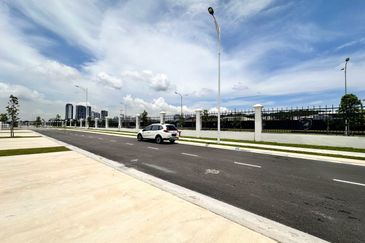
Tate Dalton @ Eco Botanic 2
Iskandar Puteri, Johor

DC Residensi (Damansara City)
Damansara Heights, Kuala Lumpur
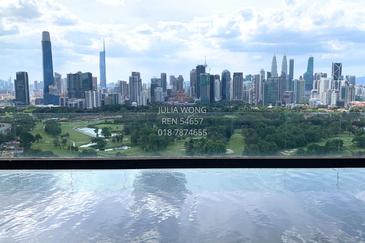
Sentrio Suites (Sentrio Pandan)
Desa Pandan, Kuala Lumpur

